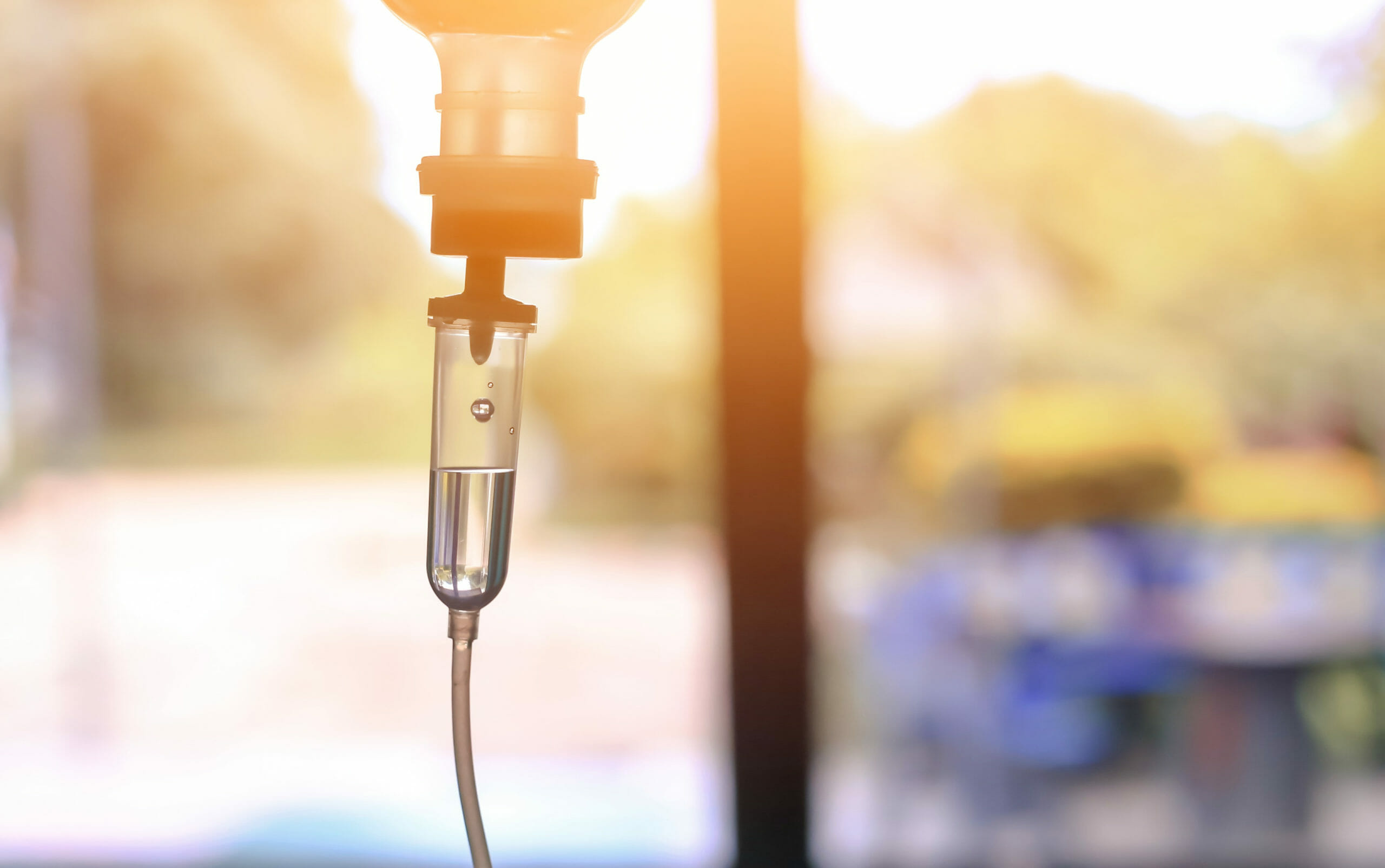Chemotherapy infusion pump safety mechanisms that halt drug delivery as soon as bags are empty can leave significant amounts of medication trapped in tubing, undelivered to the patient. That can mean incomplete dosing, and possibly, increased risk of tumor progression or recurrence, according to researchers at Mount Sinai Health System in New York, New York. Their findings were presented at the 48th Annual Oncology Nursing Society (ONS) Congress.
“The longer the chemotherapy IV tubing, the more residual volume” was left undelivered, cautioned lead study author Boris Bakanov, RN, MPH, BSN, and coauthors in a poster presentation. “Patients may fail to receive a prescribed dose.”
Between 2.8% and 33.5% of medication was left undelivered, with the largest proportion of medicine lost when administered volumes were relatively small (eg, 50-100 mL).
Secondary administration with saline flushing, and shorter tubes, might help, the authors noted. Secondary administration bypasses pump safety lockout mechanisms, and secondary set tubing is approximately 90 inches shorter than traditional tubing sets, “providing much less surface area for chemotherapy [drugs] to be retained,” the authors reported. Using the primary (saline or water) bag “will ensure that all chemotherapy is infused.”
“Oncology nurses should use specific guidelines to minimize residual volume left in IV tubing,” Bakanov advised. “Consider flushing through the administration set with a primary solution when administering chemotherapy as a secondary/intermittent infusion. The simpler the IV administration set-up, the less risk for error.”
Rate-uncontrolled gravity infusion of residual medication might lead to adverse infusion reactions, particularly when residual volumes are relatively large, the authors cautioned.
The problem of undelivered residual dose has been largely neglected in clinical oncology. The researchers undertook the study to identify if residual chemotherapy medication volumes in IV tubing is a possible source of underdosing over the course of chemotherapy, and if so, to identify solutions to that problem. The authors’ poster presentation did not describe the specific methodologies employed in their experiments but concluded that chemotherapy bags “should be connected as secondary IV tubing to the upper port of the primary IV tubing,” flushing the line once the chemotherapy bag is empty.
“The nursing committee should establish standard processes to prevent medication loss due to residual volume left in IV tubing,” Bakanov and coauthors concluded.
They also urged oncology centers and nurses to consider the financial implications of wasting residual, expensive medication.
Reference
Bakanov B, Todari E, Berantuo H, Moreira J, Batirbek T, Bressler T. The effects of residual volume left in IV tubing resulting in chemotherapy under-dosing. Poster presentation at: 48th Annual ONS Congress; April 26-30, 2023; San Antonio, TX.
